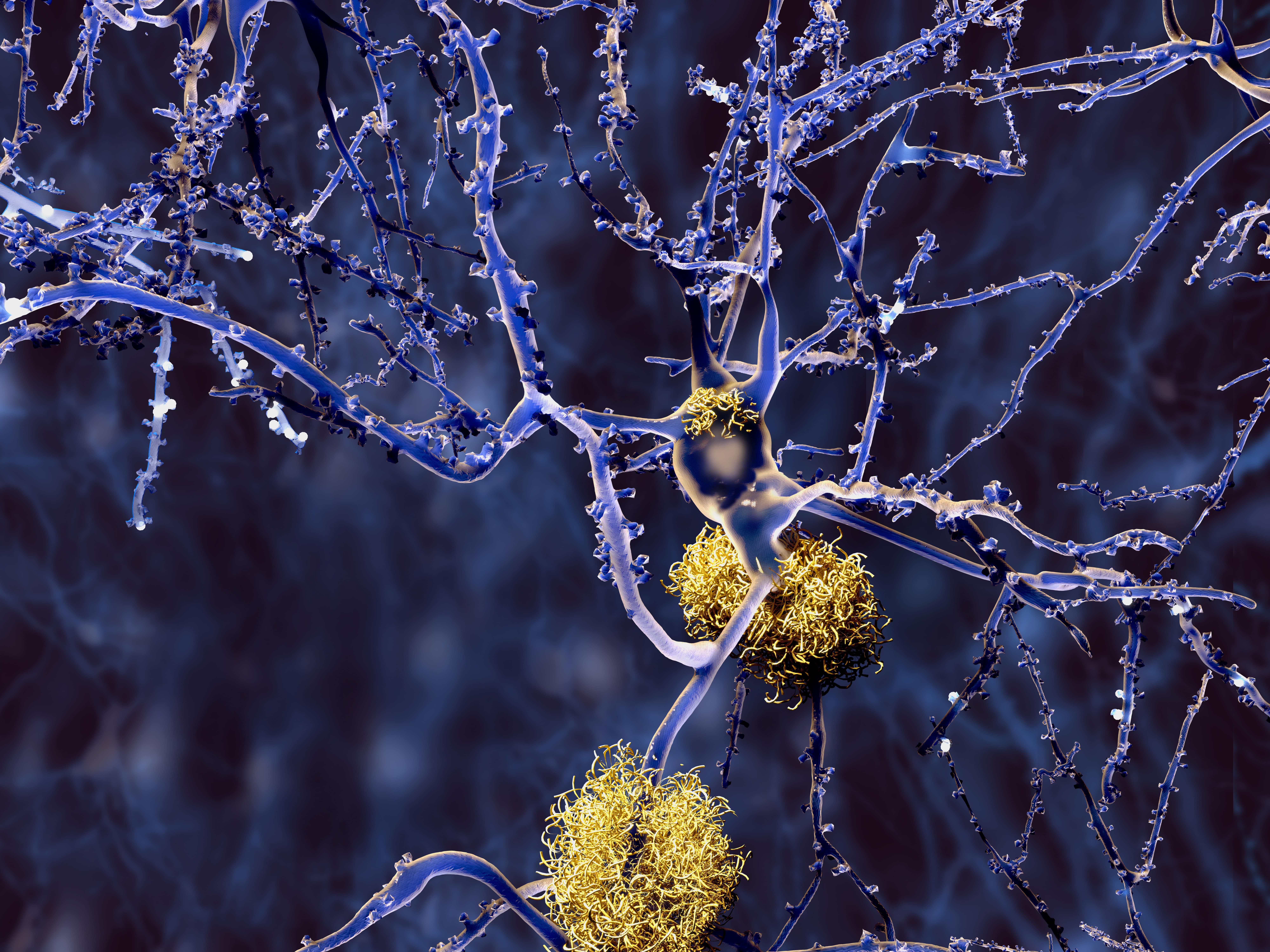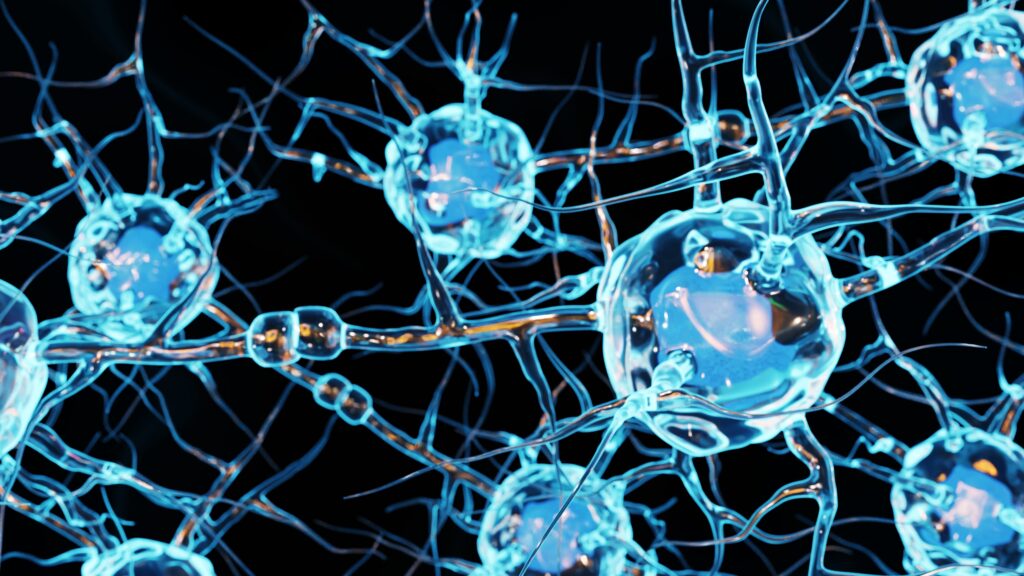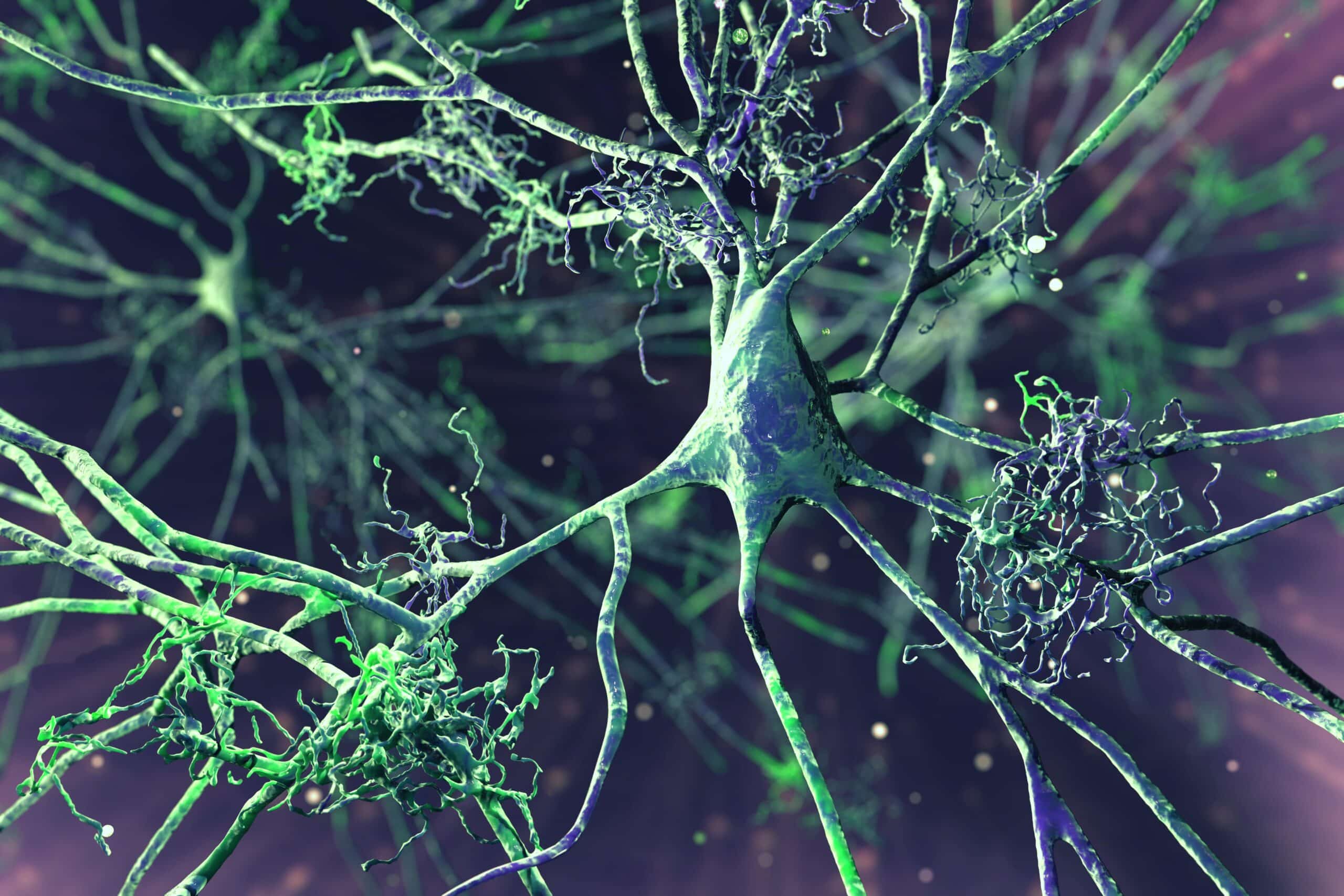[current_page_title]
Trigger for Amyloid-β-Driven Neurodegeneration Uncovered
QPS Neuro
Neurodegenerative diseases such as Alzheimer’s disease are known to be linked to the accumulation of amyloid-β plaques, ultimately disrupting cognitive function. Now, a study conducted by researchers from Weill Cornell Medicine has identified a surprising culprit that could contribute to the buildup of these toxic proteins: CD36 receptors on the surface of macrophage cells in ...
Diversity of Neurons and Other Brain-Cell Atlas Findings
QPS Neuropharmacology
Swedish researchers have created the most detailed cell atlases of the human brain available to date. In two parallel projects, the research team from Karolinska Institutet analyzed millions of cell nuclei from human brains across a range of developmental stages. Chief among the study’s wide-ranging findings was the broad diversity of neurons found in the ...
Transporter Protein May Play Role in Huntington’s Disease
QPS Neuropharmacology
A groundbreaking study conducted by researchers from the University of Ottawa is shedding new light on Huntington’s disease. The research focused on VGLUT3, a transporter protein, and its role in modulating the development of Huntington’s disease in a mouse model. The team’s initial findings could ultimately enhance our understanding of this devastating neurological disorder in ...
Understanding Amyloid Formation in Huntington’s: A Breakthrough
QPS Neuro
Neurodegenerative disorders, such as Huntington’s disease, Alzheimer’s disease, and Parkinson’s disease, are characterized by the accumulation of protein deposits known as amyloids in the brain. Despite extensive research into the cause and toxicity of amyloids, little has been understood regarding the initial step in amyloid formation. But in a groundbreaking new study published in eLife, ...
Estriol May Repair Damage from Multiple Sclerosis
QPS Neuro
As of 2020, over 2.8 million people worldwide live with multiple sclerosis (MS), a debilitating chronic autoimmune disorder of the brain and spinal cord. When a person has MS, the body attacks itself — more specifically, it attacks myelin, the fatty substance that protects the nerve fibers in the brain and spinal cord. While multiple ...





